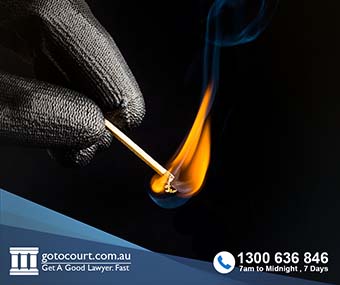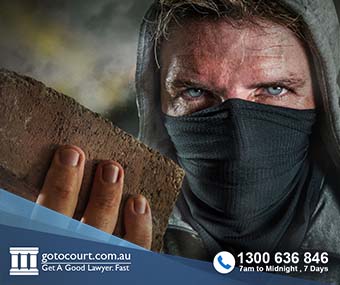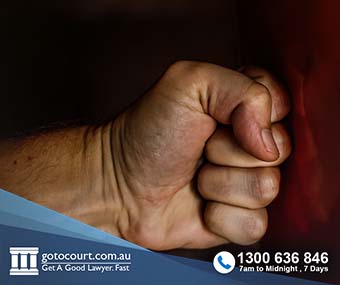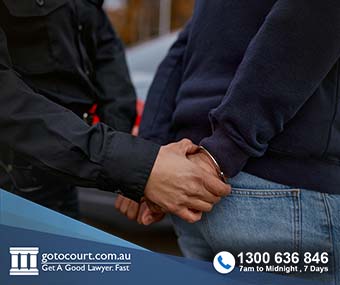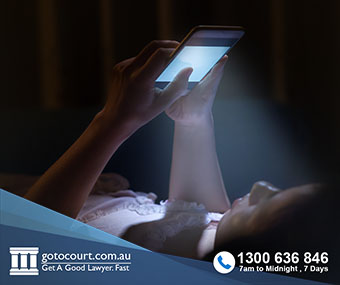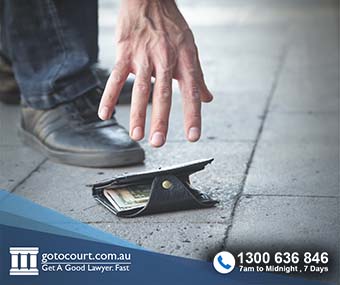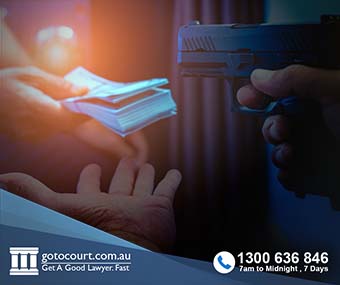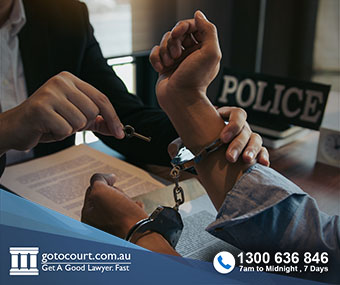Call our lawyers
now
or,
have our lawyers
call you
Identification Evidence (Tas)
Updated on Nov 22, 2022 • 6 min read • 356 views • Copy Link
Identification Evidence (Tas)
In criminal cases, the prosecution must establish beyond a reasonable doubt that the accused participated in the offence. In some cases, this involves the positive identification of the defendant as the perpetrator of the crime. The prosecution can submit identification evidence either through the testimony of an eyewitness to the offence or through security footage or other evidence. Identification evidence must be treated with caution in criminal trials, especially given the dangers of mistaken identification. This article explains the rules relating to the submission of identification evidence in criminal trials in Tasmania.
Section 116 of the Evidence Act 2001 codifies the common law principles established in Domican v The Queen (1992). The Act provides that judges should instruct juries to exercise special caution when considering identification evidence in criminal trials. This only applies when identification evidence provides proof of guilt, and the reliability of the identification evidence is disputed during the trial. In those cases, judges need to clarify both the general and specific factors that undermine the reliability of identification evidence. The judge must isolate and identify any weakness in the identification evidence, even beyond the criticisms put forward by the defence. A trial judge is not absolved from their duty to warn of the danger of identification evidence just because there is sufficient other evidence to convict the accused. The judge must act on the assumption that the jury may convict solely on identification evidence. It can constitute a miscarriage of justice if a judge fails to provide this warning or if the warning is inadequate. An appeal on the ground of missing or inadequate warnings will be upheld unless the Court of Criminal Appeal concludes that a jury would inevitably have found the accused guilty.
Identification evidence can be so prejudicial as to sometimes require exclusion. Studies show that witnesses are instinctively more likely to assume that a voice recording or photograph in evidence depicts the accused. Justice Stephen in Alexander v The Queen (1981) underscores the dangers of the “displacement effect”, whereby a witness who is shown a photograph may confuse their memory of the photograph with their own recollection of the offender. This has long been an issue in the context of identification parades and photo arrays (R v Dickman [2017]), but it has also become an issue in relation to social media profile photos, voice identifications and CCTV images.
Photo Identification
The Tasmania Police Manual stipulates that when the police ask a witness to identify a potential suspect, the identification must follow certain fair and proper procedures. Specifically, photographs must only be shown during the initial stages of an investigation to compare to the witness’ verbal description of the suspect or to obtain information on identity. Beyond that, photographs can only be used if the suspect cannot be found or declines to participate in an identification parade, or it is impractical to hold a parade.
A witness can be given no assistance or be allowed to consult with other witnesses during an identification. Further:
- The photo board must contain at least ten photographs;
- The witness must be asked if they can identify the suspect;
- All individuals in a photo array must be similar in appearance;
- The photo board must not contain names or other indications of identity or criminal history; and
- Multiple witnesses must be shown different photo boards, with the alleged offender situated in different positions.
Voice Identification
In a criminal trial, it is sometimes necessary for a witness to identify a particular voice on a recording. This applies particularly to recordings of lawfully intercepted telephone calls during or after the commission of a crime. For instance, in R v Solomon (2005), a detective was permitted to give identification testimony in a drug offence case after listening at length to intercepted phone calls, as the court accepted that he could identify a particular voice as belonging to the same person.
Voice identification can be problematic, as different voices can appear similar to the human ear. The defence will often object to voice identification evidence because the danger of prejudice often outweighs the probative value of the evidence. Nevertheless, voice identification is typically seen as admissible as either factual evidence, lay opinion or ad hoc expertise. The court noted in Braslin v Tasmania [2011] that voice identification falls within the provisions for identification evidence. This means that the evidence must be recognised as inherently unreliable, and any jury must be warned about the dangers of relying on this evidence to make a judgment on guilt. This means that the judge must give the required warnings to the jury.
Subject to adequate warning, a judge can direct a jury to compare a voice on a recording to the defendant to determine for themselves whether the voices match. This is permitted given that voice recognition is commonplace to human experience and is not the exclusive province of expert opinion evidence. This is not to say that the prosecution or defence cannot introduce testimony from expert witnesses on voice identification.
Video Footage
Video footage from police body cameras, CCTV and even mobile phone recordings can be introduced as identification evidence in criminal trials. However, it is important to note that this evidence’s admissibility may be challenged by the defence. The admissibility of video evidence will depend on the charges, the circumstances, whether there was an expectation of privacy and the probative value of the recording. Illegally obtained video footage is unlikely to be admissible in court.
The admissibility of identification evidence was explored in Honeysett v The Queen (2013) and subsequent appeals. In this case, the defendant was convicted of armed robbery partly because of ‘expert’ identification of CCTV footage. The prosecution introduced testimony from an anatomist to support a conclusion of identity-based on anatomical characteristics shared between the suspect and the defendant. A subsequent appeal was dismissed, but the appellant was given leave to bring the matter before the High Court of Australia. The High Court unanimously held that it was an error of law to admit the identification evidence as the witness’ testimony was not based on his specialised knowledge. The High Court found that the previous judgments should be set aside, his conviction quashed, and a new trial ordered.
Please contact Go To Court Lawyers if you require advice about identification evidence or any other criminal law matter.

Affordable Lawyers
Our Go To Court Lawyers will assist you in all areas of law. We specialise in providing legal advice urgently – at the time when you need it most. If you need a lawyer right now, today, we can help you – no matter where you are in Australia.How It Works







1. You speak directly to a lawyer
When you call the Go To Court Legal Hotline, you will be connected directly to a lawyer, every time.


2. Get your legal situation assessed
We determine the best way forward in your legal matter, free of charge. If you want to go ahead and book a face-to-face appointment, we will connect you with a specialist in your local area.


3. We arrange everything as needed
If you want to go ahead and book a fact-to-face appointment, we will connect you with a specialist in your local area no matter where you are and even at very short notice.

